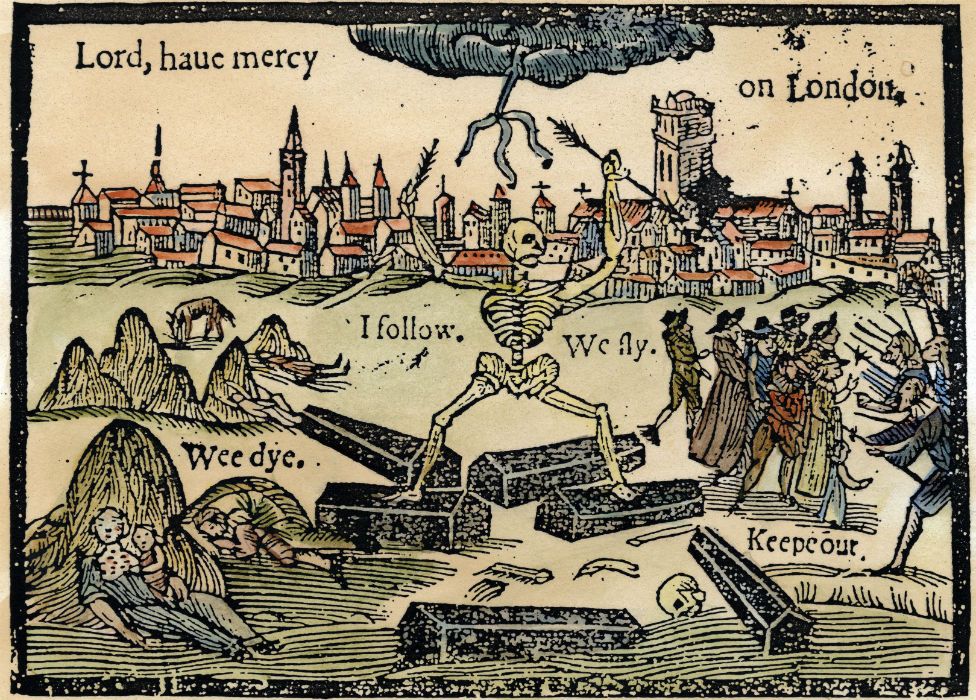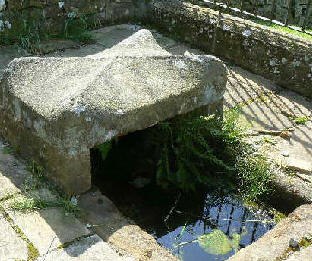
The next meeting of the History Society will be on Tuesday, 14 February when we have Chris Green telling us of the amazing story of the villagers of Eyam in Derbyshire.
In 1665 the village tailor, Alexander Hadfield, received from London a parcel of cloth that he intended to make into clothes for the villagers. The cloth carried the bubonic plague. Under the guidance of the highly educated Rev William Mompesson and his predecessor the Rev Thomas Stanley, the villagers voted to quarantine to prevent the spread of the disease to the surrounding area, the village being supplied with food and essentials from outside. Over the 14 months of the plague, 260 Eyam villagers died out of a total population of 800 – more than double the mortality rate suffered by the citizens of London.

Tragic as it was, the impact on medical understanding was significant as doctors realised that the use of an enforced quarantine zone could limit or prevent the spread of disease.
We look forward to welcoming you on 14 February at 7.30pm at the Weaverham Primary Academy on Northwich Road.

